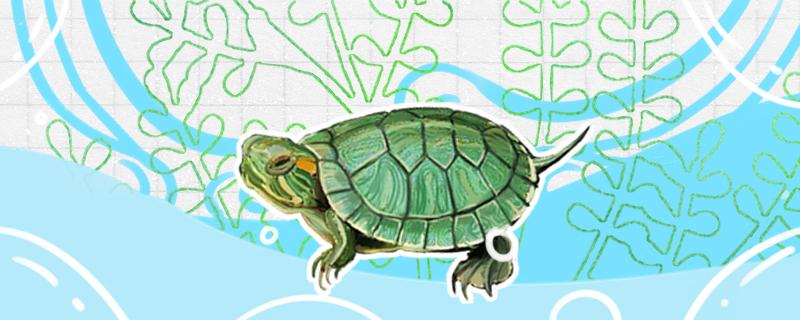 1. Are Brazilian tortoises Brazilian
1. Are Brazilian tortoises Brazilian Most Brazilian tortoises are Brazilian, but not all are Brazilian. Although they are called Brazilian tortoises, they are also distributed along the Mississippi River in the United States, and most of the Brazilian tortoises on the market now are Mississippi red-eared tortoises, which are commonly called Brazilian tortoises because of their strong adaptability and large reproduction.
2. How should Brazilian tortoises be raised1. Water temperature: Brazilian tortoises have a wide range of adaptation to water temperature, and they can grow normally only by keeping the water temperature between 20-30 ℃ during artificial breeding. If conditions permit, you can use a heating rod to keep the water temperature between 25-30 ℃, so that their appetite and activity are the best, and their growth and development speed will be faster.
2. Water quality: Brazilian tortoises have no strict requirements on water quality. As long as the feeding water quality is clean, they can grow well. Breeders can usually change water 1-2 times a week, and half of the water can be changed each time.
3. Feeding: Brazilian tortoises prefer animal feed, and breeders can choose animal feed as their staple food. Usually with some plant feed, they can ensure their balanced nutrition.
4. Sunbathing: Brazilian tortoises have the habit of basking in their backs. When they are cultured artificially, they need to build an amphibious environment, so that they can freely climb to the water to breathe fresh air.